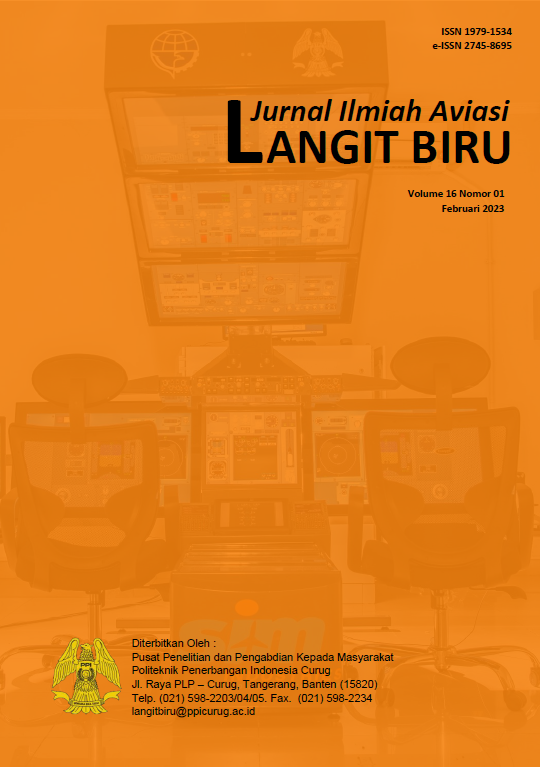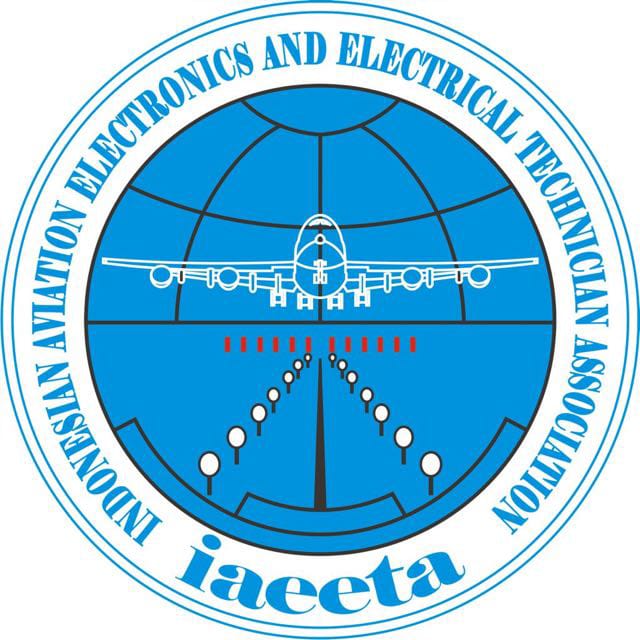Cabin Fire Risks of Hydrogen-Powered Aircraft: Comparative Analysis and Safety Implications
Abstract
Liquid hydrogen (LH2) is being developed as an alternative aircraft fuel to support the decarbonisation of aviation. Although free of carbon emissions upon combustion, LH2 poses safety challenges, particularly in the confined environment of aircraft cabins. This study aims to identify potential fire hazards due to leakage and use of LH2 through a literature-based comparative analysis of kerosene. The study results show that LH2 has a wide flammability range, low ignition energy, and almost invisible flame, making early detection difficult. Cryogenic properties, explosive potential (BLEVE) and rapid gas dispersion also add to the risk. Therefore, the integration of LH2 in aircraft requires specialised detection systems, adequate cabin ventilation design and updated safety standards to suit the unique characteristics of liquid hydrogen.
Downloads
References
Brewer, G. Daniel. (1991). Hydrogen aircraft technology. CRC Press.
Butler, M. S., Moran, C. W., Sunderland, P. B., & Axelbaum, R. L. (2009). Limits for hydrogen leaks that can support stable flames. International Journal of Hydrogen Energy, 34(12), 5174–5182. https://doi.org/10.1016/j.ijhydene.2009.04.012
Cecere, D., Giacomazzi, E., & Ingenito, A. (2014). A review on hydrogen industrial aerospace applications. In International Journal of Hydrogen Energy (Vol. 39, Issue 20, pp. 10731–10747). Elsevier Ltd. https://doi.org/10.1016/j.ijhydene.2014.04.126
Clarke, J., Dettmer, W., Wen, J., & Ren, Z. (2023). Cryogenic Hydrogen Jet and Flame for Clean Energy Applications: Progress and Challenges. In Energies (Vol. 16, Issue 11). MDPI. https://doi.org/10.3390/en16114411
Contreras, A., OZAYt, K., & Veziroglu, T. N. (1997). Hydrogen as Aviation Fuel: A Comparison with Hydrocarbon Fuels. In Hydrogen Energy (Vol. 22).
Energy Supply Device Aviation Rulemaking Committee Final Report to: Federal Aviation Administration. (2017).
Gregory, F. D. (1997). Associate Administrator for Safety and Mission Assurance III ACKNOWLEDGMENTS.
Holborn, P. G., Benson, C. M., & Ingram, J. M. (2020). Modelling hazardous distances for large-scale liquid hydrogen pool releases. International Journal of Hydrogen Energy, 45(43), 23851–23871. https://doi.org/10.1016/j.ijhydene.2020.06.131
Holborn, P. G., Ingram, J. M., & Benson, C. (2022). Modelling studies of the hazards posed by liquid hydrogen use in civil aviation. IOP Conference Series: Materials Science and Engineering, 1226(1), 012059. https://doi.org/10.1088/1757-899x/1226/1/012059
Hydrogen-powered aviation. (2020). https://doi.org/10.2843/766989
Lecoustre, V. R., Sunderland, P. B., Chao, B. H., & Axelbaum, R. L. (2010). Extremely weak hydrogen flames. Combustion and Flame, 157(11), 2209–2210. https://doi.org/10.1016/j.combustflame.2010.07.024
LECTURE-Hydrogen properties relevant to safety. (2016).
Makarov, D., Shentsov, V., Kuznetsov, M., & Molkov, V. (2021). Hydrogen Tank Rupture in Fire in the Open Atmosphere: Hazard Distance Defined by Fireball. Hydrogen (Switzerland), 2(1), 134–146. https://doi.org/10.3390/hydrogen2010008
Molkov, V. (2015). Fundamentals of Hydrogen Safety Engineering II.
NASA H2 Safety Course. (2006).
Ono, R., Nifuku, M., Fujiwara, S., Horiguchi, S., & Oda, T. (2007). Minimum ignition energy of hydrogen–air mixture: Effects of humidity and spark duration. Journal of Electrostatics, 65(2), 87–93. https://doi.org/https://doi.org/10.1016/j.elstat.2006.07.004
Rompokos, P., Rolt, A., Nalianda, D., Isikveren, A. T., Senné, C., Gronstedt, T., & Abedi, H. (2021). Synergistic technology combinations for future commercial aircraft using liquid hydrogen. Journal of Engineering for Gas Turbines and Power, 143(7). https://doi.org/10.1115/1.4049694
Rompokos, P., Rolt, A., Rolt, A., Sibilli, T., & Benson, C. (2021). Cryogenic fuel storage modelling and optimisation for aircraft applications. Proceedings of the ASME Turbo Expo, 6. https://doi.org/10.1115/GT2021-58595
Ustolin, F., & Paltrinieri, N. (2020). Hydrogen fireball consequence analysis. Chemical Engineering Transactions, 82, 211–216. https://doi.org/10.3303/CET2082036
van den Berg, A. C., van der Voort, M. M., Weerheijm, J., & Versloot, N. H. A. (2004). Expansion-controlled evaporation: A safe approach to BLEVE blast. Journal of Loss Prevention in the Process Industries, 17(6), 397–405. https://doi.org/10.1016/j.jlp.2004.07.002
Wadher, N. (2021). An approach to safety assessment and certification of hydrogen-powered civil transport aircraft, Mastère Spécialisé Intern Report submitted to Institut Supérieur de l'Aéronautique et de l'Espace.
Yang, F., Wang, T., Deng, X., Dang, J., Huang, Z., Hu, S., Li, Y., & Ouyang, M. (2021). Review on hydrogen safety issues: Incident statistics, hydrogen diffusion, and detonation process. In International Journal of Hydrogen Energy (Vol. 46, Issue 61, pp. 31467–31488). Elsevier Ltd. https://doi.org/10.1016/j.ijhydene.2021.07.005
Copyright (c) 2025 Wahyu Cakra NUGRAHA

This work is licensed under a Creative Commons Attribution-NonCommercial-NoDerivatives 4.0 International License.



.png)


1.png)
.png)












